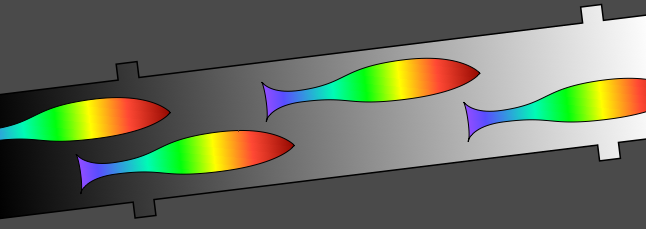
All instruments on the Liverpool Telescope (LT) have automated data "pipelines" that process the raw data from the telescope into a finished form, i.e. science-ready data products, for the user to download the next working day. Not long ago the LT's SPectrograph for the Rapid Acquisition of Transients (SPRAT) got a major upgrade to its level 2 pipeline.
All data pass through a "Level 1" (L1) pipeline that removes low-level instrumental signatures such as bias, dark and flat-field effects. The SPRAT "Level 2" (L2) pipeline carried on from there to perform source extraction, sky subtraction and wavelength calibration, outputting 1D and 2D spectra as part of the process. All data products from the Level 2 SPRAT pipeline are stored as extra extensions in the SPRAT FITS files.
The upgrade to the L2 pipeline is that it now also performs flux calibration, stored as an extra FITS extension. This is a basic calibration that uses a template instrument response file, and generates its absolute calibration from the acquisition image. The precision is fine for the transient classification work that SPRAT is used for, and so will be very useful for the users performing that type of science.
Full details of the new SPRAT L2 pipeline can be found on the SPRAT webpage.


